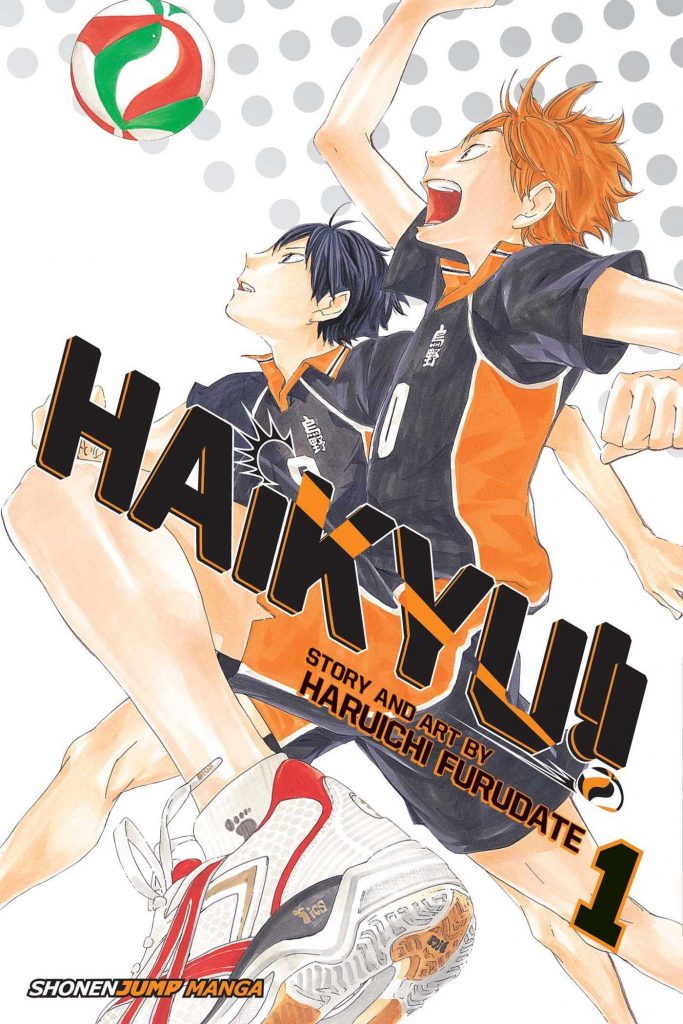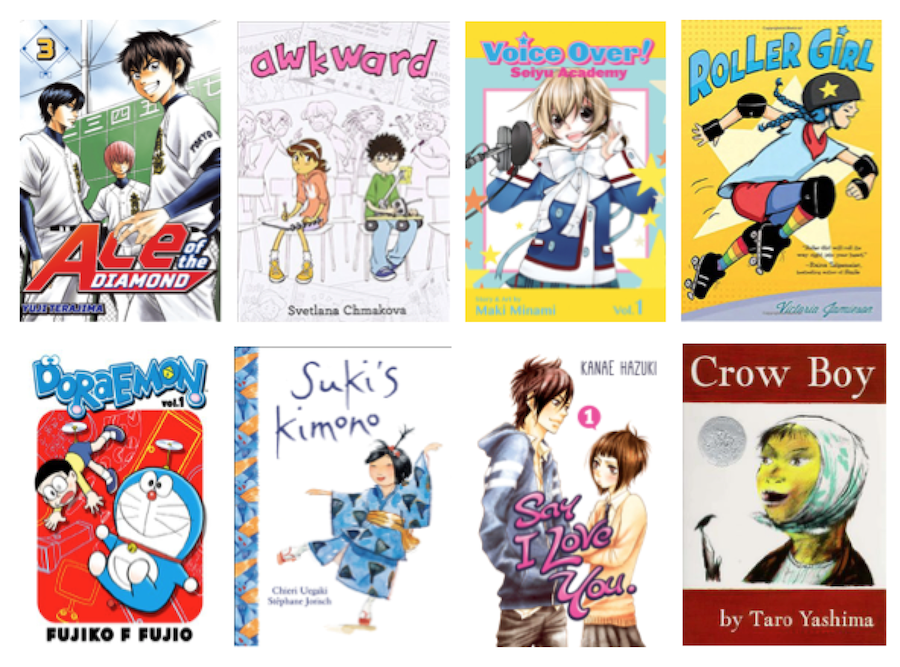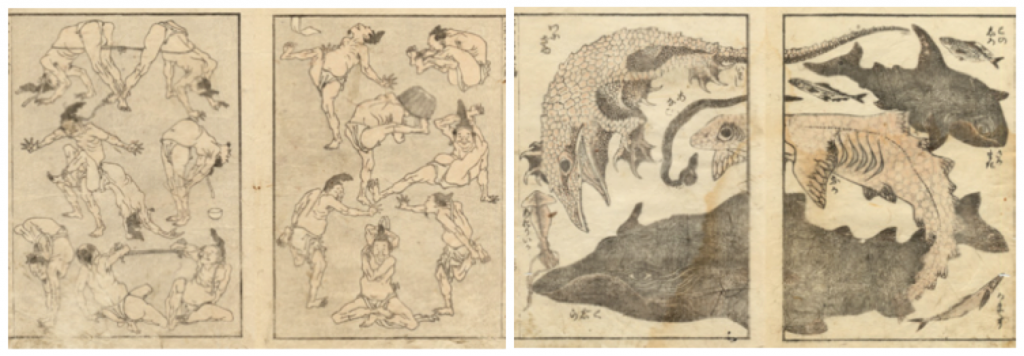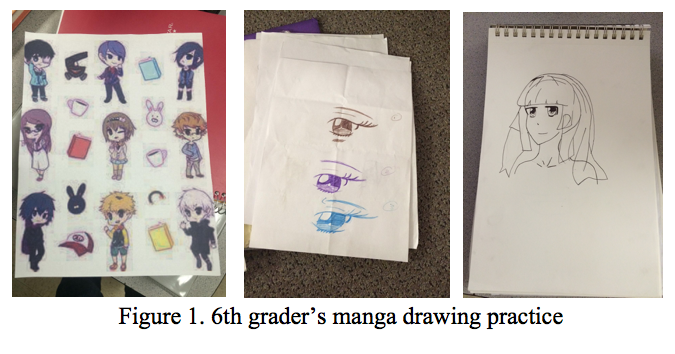By Aika Adamson, Worlds of Words, Tucson, AZ
 Manga, a popular form of graphic novels and comics from Japan, has seen a boom in popularity following the pandemic in 2020. In a time where literacy rates are falling slightly for students across the United States, as reported in the Nation’s Report Card for 2022, and fewer people in all age-ranges are reading for pleasure (Iyengar, 2024), encouraging literacy among children and teenagers is more important than ever. Recent publishing trends have shown that children of all ages are reading more comics, graphic novels and manga annually. Graphic novels have seen a 90% jump in popularity in school libraries, with manga comprising 43% of high school graphic novel purchases, according to the School Library Journal’s 2023 survey.
Manga, a popular form of graphic novels and comics from Japan, has seen a boom in popularity following the pandemic in 2020. In a time where literacy rates are falling slightly for students across the United States, as reported in the Nation’s Report Card for 2022, and fewer people in all age-ranges are reading for pleasure (Iyengar, 2024), encouraging literacy among children and teenagers is more important than ever. Recent publishing trends have shown that children of all ages are reading more comics, graphic novels and manga annually. Graphic novels have seen a 90% jump in popularity in school libraries, with manga comprising 43% of high school graphic novel purchases, according to the School Library Journal’s 2023 survey.
With such a rise in popularity for manga, more and more middle and high school-aged readers can engage in international stories that have been translated for U.S.-based audiences. Manga tend to be published in long series, with chapters coming out weekly or monthly in Japanese magazines such as Weekly Shounen Jump, Ultra Jump, Hana to Yume or Be Love. Once a series reaches a certain number of chapters, provided the manga is popular enough, those chapters can be collected into volumes that are translated and distributed overseas. Continue reading






